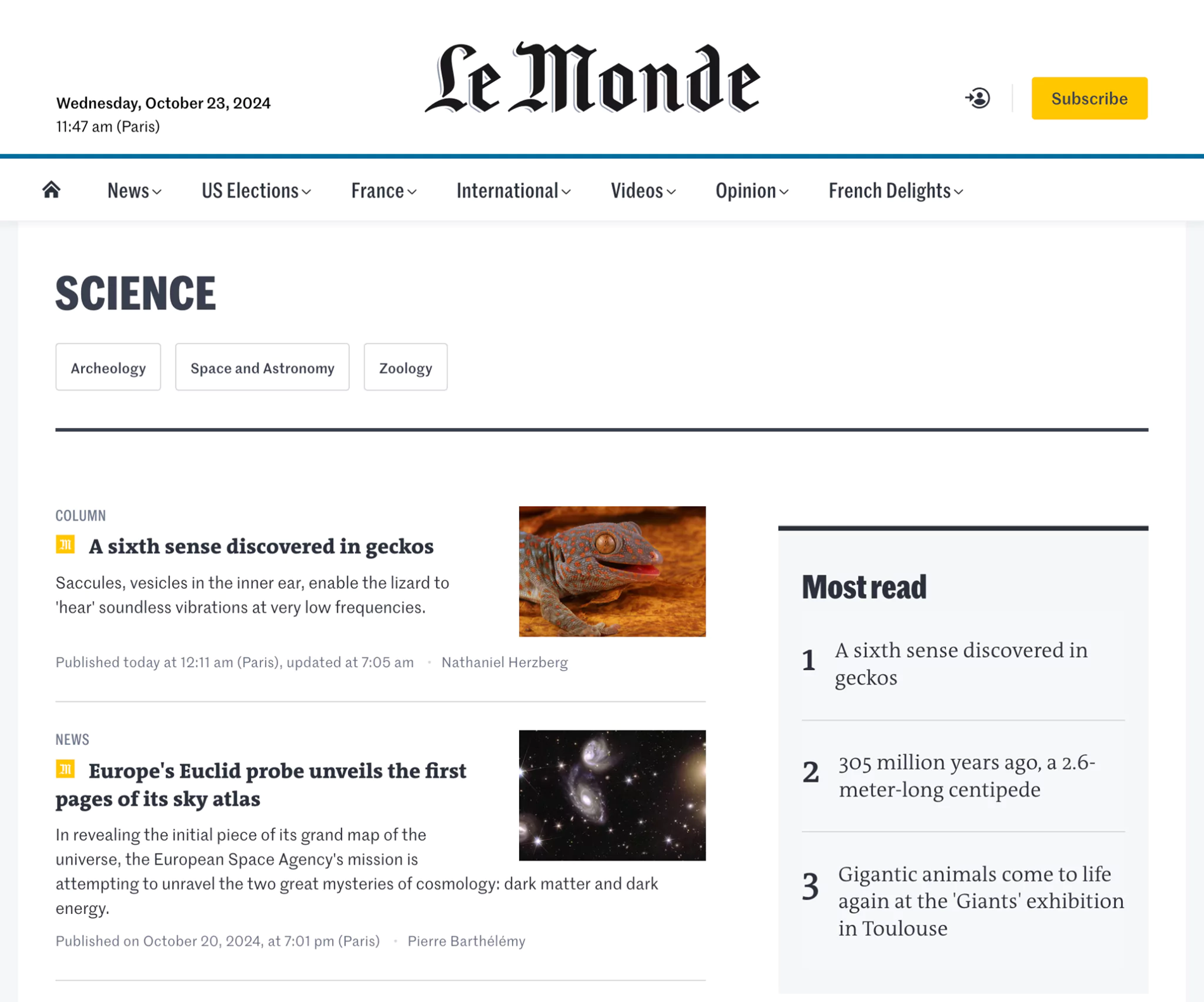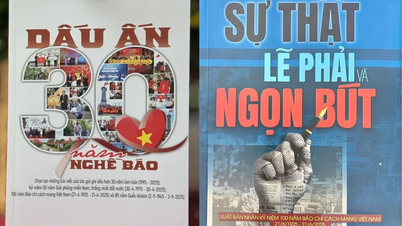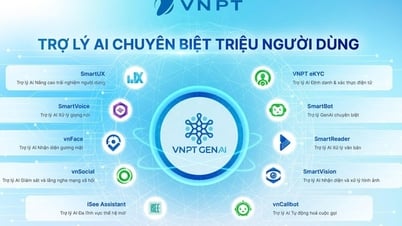AI tools in the newsroom help optimize workflows, increase personalization, and open up new opportunities for audience engagement, fact-checking, and interactive content creation.
1. AI writing tool
Generative AI is changing the way newsrooms work by creating high-quality articles, reducing time spent on repetitive tasks, and improving overall productivity.

For example, EXPRESS.de has integrated the AI system Klara Indernach (KI), which is capable of rearranging layouts, conducting in-depth research, and summarizing large amounts of information quickly. This significantly improves content creation efficiency, especially for predictable topics such as sports news. By integrating specialized AI models for topics that require deep expertise, EXPRESS.de ensures that Klara delivers high-quality, accurate, and relevant articles to its audience.
However, human editors still play a central role in the publishing process. They review every article, verify sources, and ensure the integrity of information, especially for complex or investigative stories that AI cannot yet handle independently.
In 2024, Klara will contribute around 11% of the articles on EXPRESS.de and even be responsible for 8-12% of the traffic during peak season, mainly due to her ability to “spark headlines”. Klara’s articles will be labeled by AI to help readers distinguish them from human authors.
2. Create quizz
The Reuters Digital News 2024 report highlights the growing popularity of interactive content such as quizzes. Recognizing this trend, some news organizations are developing automated quizzes based on existing articles to increase reader engagement.
For example, TIME tested ChatGPT to analyze its 200 million-page archive, creating quizzes to assess readers’ knowledge of current affairs. This AI integration combineseducation and interaction, encouraging readers to pay more attention to the news.
Similarly, Ringier Axel Springer identified quizz as a low-risk entry point for using generative AI in the newsroom. They developed a plugin for their content management system that allows writers to enter a quiz topic and specify the number of questions. The AI then generates the quiz content. This initiative not only saves reporters time but also improves the user engagement experience.
However, because AI can “hallucinate” and create inaccurate information, quizz still requires human supervision to ensure accuracy.
3. AI Image Generator
Journalists can use AI to create images and graphics for news stories. The design process, which used to be time-consuming and required specialized knowledge, is now much simpler. This is also a cost-saving solution, especially for small newspapers that do not have the budget to hire a design team or freelancers.
4. Voice and transcription tools
One of the basic applications of AI in the newsroom is to convert interviews or discussions into text. The process of “de-tape” used to be very time-consuming, but now it can be shortened thanks to AI tools. In particular, transcription technology is becoming more and more accurate, becoming a powerful tool for journalists. The process from recording, transcribing to news production is much faster. It also helps journalists and editors focus on the more creative and analytical aspects of news production.
Conversely, there are also AI tools that convert text to speech, creating incredibly realistic news reports. Some tools like Google's Notebook LM are capable of creating conversational podcasts that support Vietnamese naturally.
5. Article summarization with AI
Many major newspapers such as Bloomberg and Nikkei are using AI to briefly summarize article content, providing readers with an overview without losing essential information.

Specifically, Nikkei is using its in-house AI tool Nikkei Tailor to pull relevant articles, summarize key points, and rewrite them in an accessible style that resonates with modern readers. The entire workflow is automated, ensuring that the news is optimized for mobile and digital consumption. This reduces staff hours spent on writing by 50%, allowing human editors to focus on curation and quality control.
6. Information verification and quality control
AI-generated texts often carry risks such as inaccuracies and “hallucinations.” To address this, the AI + Automation Lab at Bayerischer Rundfunk (BR) developed Second Opinion to verify whether AI-generated summaries match the original text. This quality control tool highlights discrepancies, ensures consistency, and reduces errors before publication.
BR has open-sourced Second Opinion for newsrooms in the AI for Media Network to integrate into their workflows.
7. Comment Moderation
Managing the massive volume of online comments is a significant challenge for media organizations. AI tools have become essential for detecting and moderating inappropriate or harmful content, but they also enhance dialogue by identifying constructive user interactions.
8. Translation
Translation tools allow newspapers to reach a global audience and make content accessible in multiple languages. For example, Le Monde uses AI technology like DeepL to translate 30 long-form articles every day. However, the translations are proofread by translators and journalists to ensure they meet the newspaper’s standards. “Translation quality is a top priority,” says Arnaud Aubron, Head of Development at Le Monde.

In contrast, The Economist takes a more automated approach to its Espresso app, targeting a global audience with AI-translated content into French, German, Mandarin and Spanish. The translations are not human-edited, so errors are still present. A team of moderators will remove embarrassing errors if necessary.
Overall, AI is reshaping journalism by increasing efficiency and enriching the reader experience. From automated content generation to transcription and translation, these tools are streamlining tasks and expanding the reach of newsrooms. However, the core of journalism – investigating and telling stories – still relies heavily on humans.
Just as photography complements painting, AI complements journalists, expanding their capabilities without replacing their creativity. The future lies in this collaboration, where AI and journalists work together, ensuring that the essence of storytelling remains central, supported by the precision and convenience of technology.

Source: https://vietnamnet.vn/viet-bao-tao-quiz-lam-podcast-8-cach-ai-phu-phep-tin-tuc-ban-xem-moi-ngay-2412465.html










































































































Comment (0)